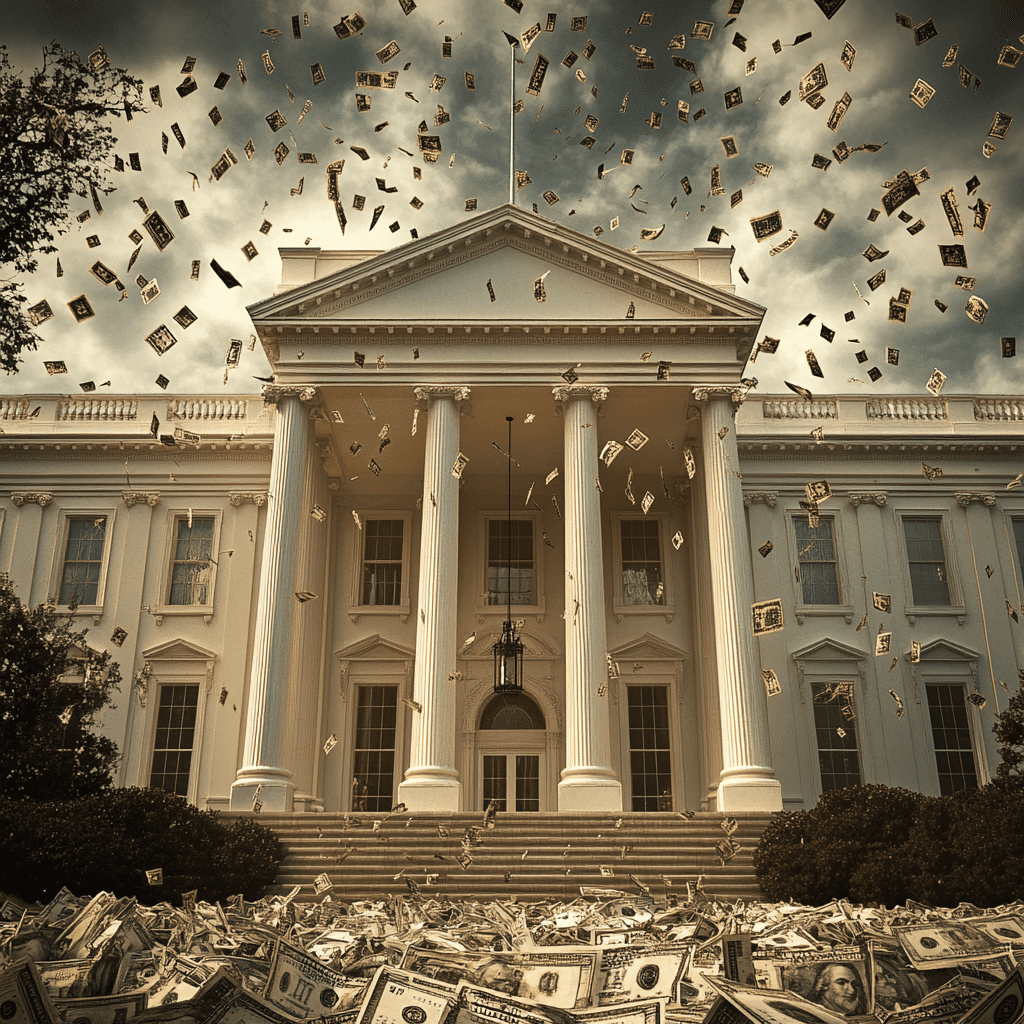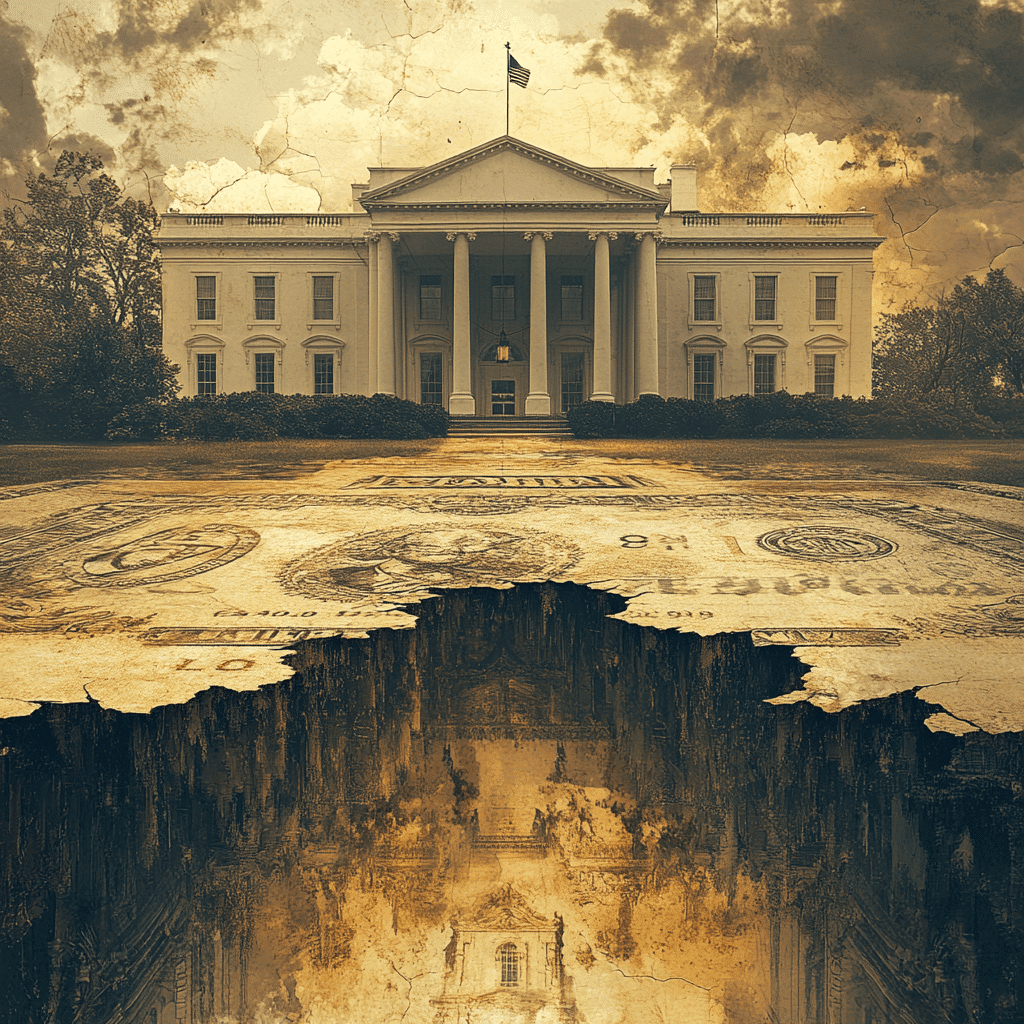Understanding the history and mechanisms behind US prime rates is essential for anyone navigating financial waters. From their origins to the impact they have on everyday financial activities, this exploration will provide insight into their evolution. Let’s dive deep into the core aspects and consequences of the prime rate in the US economy.

What is the Prime Rate: Definitions and Fundamentals
Understanding What is the Current Prime Lending Rate
The prime lending rate is the interest rate that commercial banks charge their most credit-worthy customers. It’s a benchmark used extensively to set rates on various types of loans, including those for individuals and businesses. As of 2024, the current prime lending rate stands at 8.5%, significantly influencing consumer and business borrowing costs.
Dissecting What is the Current Prime Rate and its Adjustment Mechanisms
The prime rate is primarily determined by the federal funds rate, which is influenced by the Federal Reserve’s (the Fed’s) monetary policy decisions. Changes in the federal funds rate, the rate at which banks lend to each other overnight, directly correlate with shifts in the prime rate. When the Fed adjusts the federal funds rate in response to economic conditions, the prime rate typically follows suit.
Prime Rate Today and its Broader Context
The prime rate today, influenced by factors such as interest rate Us and overall economic health, serves as a financial barometer. It’s crucial for everything from individual mortgage rates to corporate loans, reflecting the broader economic environment. Keeping eyes on updates like What Did The Fed do today ? helps in understanding these adjustments.

Historical Evolution of the US Prime Rates: Key Milestones
The Early Years: Establishing the Federal Prime Rate
The concept of the federal prime rate dates back to the mid-20th century, primarily reflecting inter-bank lending conditions. During the post-World War II economic boom, the prime rate hovered around 1-3%, supporting economic growth. Understanding these early stages showcases how pivotal the prime rate has been in shaping monetary policies.
The Volatile 1970s and 1980s: Navigating Economic Shocks
The US experienced significant fluctuations in the prime rate during the 1970s and 1980s, driven by high inflation and the oil crisis. At its peak, the prime rate hit a staggering 21.5% in December 1980. This period highlighted the sensitivity of the prime rate to broader economic factors, underscoring the Federal Reserve’s role in attempting to stabilize the economy through interest rate adjustments.
The Steady 1990s: A Period of Moderation
The 1990s saw a more stable economic environment, with the prime rate ranging between 6% and 9%. This stability was reflective of the Fed’s success in controlling inflation and fostering sustainable economic growth. Major reductions in the prime rate during this decade often coincided with recessions, such as the one in the early 1990s, showcasing its role in stimulating economic activity.
The Early 2000s: Responses to Recession and Recovery
After the dot-com bubble burst and the September 11 attacks, the federal reserve prime rate dropped significantly to stimulate the faltering economy. By mid-2003, the prime rate was as low as 4%, demonstrating the Fed’s strategy of making borrowing cheaper to spur economic recovery.
The Great Recession and Aftermath: Record Lows
The 2008 financial crisis led to unprecedented measures, with the prime rate plummeting to 3.25% – an all-time low – where it stayed until 2015. This era underscored the prime rate’s crucial role in crisis management and economic recovery efforts, with the Fed employing multiple tools to restart economic activity.
Recent Trends and The Current Prime Rate Today
Post-2015, the prime rate began to rise gradually as the economy recovered, reaching 5.5% by the end of 2018. However, the COVID-19 pandemic in 2020 caused rapid cuts in the rate to again support the economy, placing it at 3.25% before climbing steadily to the current prime rate of 8.5% in 2024 due to rising inflation and a strong post-pandemic economic rebound.
| Category | Details |
| Definition | The interest rate that commercial banks charge their most credit-worthy customers. |
| Current Rate | 8.50% (as of October 2023) |
| Rate History | – 2020: 3.25% – 2021: 3.25% – 2022: 4.75% – 2023: 8.50% |
| Deciding Factors | – Federal Reserve policies – Economic conditions – Inflation rates |
| Impact on Loans | – Influences interest rates on mortgages, personal loans, and business loans. – Affects credit card interest rates. |
| Borrower Benefit | Offers a benchmark for determining adjustable rates for various types of loans. |
| Historical Range | – Low: 3.25% during economic downturns – High: 21.5% in Dec 1980 (during inflation control efforts) |
| Adjustment Frequency | Changes typically at Federal Reserve Board meetings or with significant economic policy shifts. |
| Role in Economy | Acts as an indicator of the overall health of the economy and monetary policy stance. |
| Typical Spread | Usually 3% above the Federal Funds Rate. |
| Prime Rate Benchmark | The Wall Street Journal (WSJ) Prime Rate, based on a survey of the 30 largest U.S. banks. |
The Broader Impacts of Prime Rate Adjustments
Consumer Borrowing: The Ripple Effect on Loans and Mortgages
The prime rate directly influences consumer borrowing costs. For instance, when the prime rate is high, carrying credit card balances or taking out personal loans becomes more expensive. This tends to reduce disposable income and curb consumer spending, which can slow economic growth. Conversely, lower prime rates generally make borrowing cheaper, encouraging spending and investment.
Business Financing: From Small Enterprises to Major Corporations
For businesses, the prime rate affects the cost of financing. Small businesses, which often rely on bank loans to fund operations and growth, feel the pinch when rates rise, potentially leading to reduced investment and hiring. Large corporations also face higher costs on variable-rate debt, impacting their capital allocation and growth strategies.
Investment Strategies: Navigating a Changing Prime Rate
Investors monitor the prime rate keenly as it influences market conditions. Stocks usually perform better when rates are low because companies can borrow cheaply, driving higher profits and stock prices. Bonds, however, may lose value as new issues offer higher rates, making older bonds less attractive.
Real Estate Market: Impacts on Housing Affordability and Development
The prime lending rate is a critical factor in setting mortgage rates. High prime rates lead to higher mortgage rates, reducing housing affordability and cooling real estate markets. This can slow down construction and development activities and affect homebuyers’ purchasing power. Curious about how this pans out? Check out the comprehensive mortgage rate history chart for a detailed look.
Navigating 2024: Strategies for Consumers and Investors
With the current prime interest rate at 8.5%, consumers and investors must adopt strategic approaches to manage costs and optimize returns. For consumers, focusing on reducing high-interest debt and locking in fixed rates for mortgages can be beneficial. Investors might consider diversifying portfolios to hedge against interest rate volatility, with a focus on assets that traditionally perform well in high-rate environments, such as value stocks and commodities. Understanding basics like What Is an escrow could also be pivotal.
Reflecting on the Past, Preparing for the Future
The journey through the history and impact of US prime rates reveals a landscape shaped by economic conditions and policy decisions. Understanding these dynamics is pivotal for making informed financial decisions, whether you’re managing personal finances, steering a business, or strategizing investments. As we move forward in 2024, staying attuned to the fluctuations and underlying causes of the prime rate will be essential for navigating the economic terrain ahead. Stay updated with the federal interest rate today to keep your strategies robustly aligned.
US Prime Rates History and Impact Explained
Fun Facts About US Prime Rates
You might not know it, but the history of US prime rates is brimming with some pretty fascinating tidbits. For instance, did you know that the concept of “prime rate” originated in the early 20th century? This rate has played a pivotal role in the stability of the US economy, often acting as a barometer for other interest rates. Speaking of barometers, the Andrew Jackson And His cousin live incident exemplifies how unpredictable events can influence financial trends, illustrating the ripple effects of historical occurrences.
Historic Highs and Lows
The dramatic shifts in US prime rates over the decades are nothing short of a rollercoaster ride. One notable spike happened in the 1980s, when the rate soared to an eye-watering 21.5%. This was partially to combat inflation, but it placed immense stress on businesses and consumers alike. Such extremes highlight how critical it is to monitor these rates closely, as they can significantly impact everything from mortgages to credit card interest rates. For example, understanding these shifts can help you make better financial decisions, much like how Andrew Jackson and his cousin live incident( unexpectedly influenced broader historical outcomes.
The Prime Rate’s Influence
Beyond its historical significance, the prime rate affects countless aspects of daily life. One lesser-known fact is that this rate can influence your mortgage payments. A lower prime rate usually means lower interest rates on adjustable mortgages, making it cheaper to buy a home. It’s interesting to note that prime rate fluctuations have also been tied to pivotal economic policies and events, much like the intriguing Andrew Jackson and his cousin live incident,( which had unforeseeable yet impactful consequences.
From these anecdotes and facts, it’s clear that US prime rates are much more than just numbers. They encapsulate a rich history that has shaped, and continues to shape, the economic landscape in profound ways. Understanding this helps us appreciate the broader implications of these rates, whether we’re looking back at historical highs or considering the current economic scenario.



